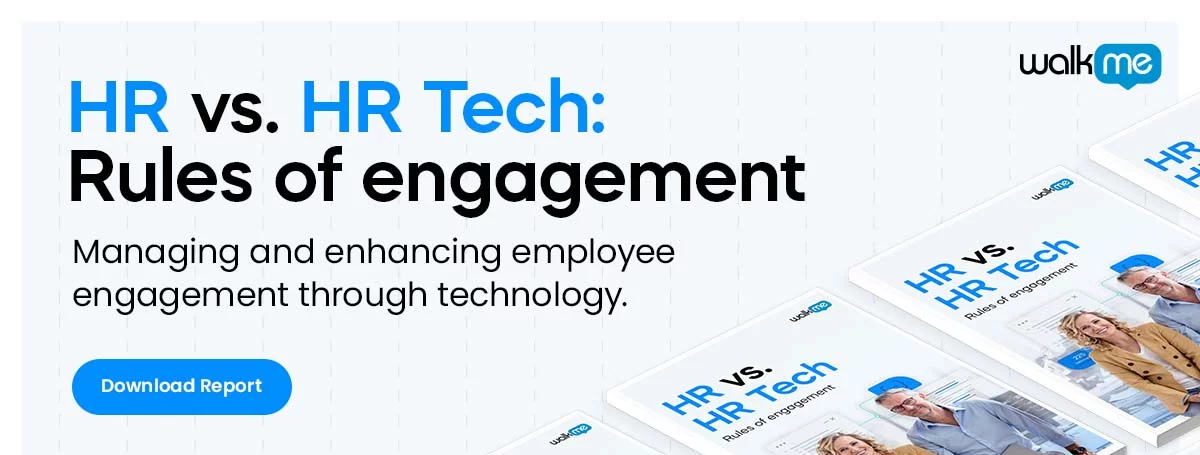
Can you maintain trust when using an employee productivity tracker?
Monitoring employee performance is an excellent way to track and manage productivity levels, especially in the remote workplace. Managers, after all, cannot directly oversee employees’ activities. They therefore need to find other ways to evaluate performance.
Employee monitoring tools can be useful, but they need to be used with care.
They should not, for example, invade employees’ privacy, as we will see later. Also, they should only monitor the most relevant data – they should not be used to micromanage employees’ every activity.
When used appropriately, however, employee productivity trackers can generate significant benefits for the organization – employees will know what is expected of them, managers will have greater insight into their teams’ needs, and, with the right approach, employees will be more engaged and productive.
What Is an Employee Productivity Tracker?
Employee productivity trackers and employee monitoring tools evaluate employee performance automatically.
For most companies, these are software programs, although they can include other types of monitoring tools, such as physical devices.
Among other reasons, organizations use employee monitoring tools to:
- Improve employee productivity. Monitoring software, such as software analytics applications, track productivity-related metrics such as output, quotas, and time. Those metrics can be used to ensure that employees are performing to expectations. They can also be used to identify weaknesses and improve upon those weaknesses.
- Gain insight into business processes. Productivity depends on employee performance on the one hand, but also on business process design. When used in conjunction with other software, such as business analysis tools, productivity trackers can be used to enhance and redesign business processes.
- Maintain accountability. Another common use for these tools is tracking employees’ behavior and performance. Since they evaluate how employees interact with software, managers can ensure that employees are actually performing their duties.
- Cut costs. One of the bottom-line benefits of using tracking software is cost savings. Improving processes and improving employee productivity, after all, can increase efficiency, cut costs, and boost profits.
These benefits warrant further investigation and even an investment in employee monitoring tools.
As mentioned, however, it is important to understand exactly what they are, since they must be used appropriately.
How Are Productivity Trackers Used?
Different productivity trackers track different employee metrics. In some cases, the metrics tracked will be specific to a given job role. In other cases, monitoring software will focus on other software applications.
For example, digital adoption platforms track employees’ interactions with specific software programs, as noted above.
That data, in turn, can be used to:
- Analyze tasks and workflows. Interaction data can be compiled and used to paint a picture of business processes and workflows. Relevant professionals, such as business analysts and business leaders, then use that information to assess costs and efficiency.
- Redesign, re engineer, and optimize processes. Productivity trackers can be used in conjunction with business process management tools to improve process efficiency. Benefits can include decreasing costs and increasing performance.
- Reorganize operations. By themselves, productivity trackers would not be a deciding factor for reorganizing business. The data they collect, however, can play an instrumental role in larger business change projects. For instance, employee productivity data can inform and help guide organizational changes.
For employers, these applications have clear advantages. They can vastly improve employee performance and business process efficiency.
Yet they can raise privacy concerns for employees, so it is important to pay attention to those.
How to Maintain Employee Trust When Using Productivity Trackers
Here are a few tips for maintaining trust and privacy when using productivity trackers:
- Use productivity trackers that scrub private data. Certain solutions, such as WalkMe’s DAP, scrub employees’ private data. Not only is this the ethical thing to do, it is also a legal requirement in certain areas of the world. Whenever implementing an employee monitoring tool, it is important to perform legal research before hand.
- Be transparent with employees about what monitoring tools do and don’t do. If your company uses a tracking tool, then you should be clear about that with employees. Explain what information is collected and what information isn’t collected. Be clear about which information is private and which is not.
- Don’t overstep privacy boundaries. Once you have rules around your tracking software, stick to them. Again, this is not only an ethical obligation, privacy is a legal matter in certain areas of the world. If you need to change any aspect of the monitoring program, it is important to consult with your legal team, employees, and other stakeholders in the organization.
- Ensure that you have employees consent before using these platforms. It would be wise to include a legal agreement in your hiring paperwork that covers the use of monitoring tools. That written agreement can safeguard both employees and the organizations in the event of a misunderstanding or dispute.
- Explain the benefits of using monitoring tools. Maintaining employees’ trust is paramount. A legal agreement, as mentioned, can be very useful, but a lack of trust can lead to more problems, such as decreased productivity, poor employer branding, and lower employee retention.
In short, your top concern should be working with employees, rather than against them. Show them that employee monitoring tools work in their favor, explain why the organization uses them, and address potential privacy concerns – approached in this way, employee productivity trackers have the potential to drive significant performance improvements.
WalkMe Team
WalkMe spearheaded the Digital Adoption Platform (DAP) for associations to use the maximum capacity of their advanced resources. Utilizing man-made consciousness, AI, and context-oriented direction, WalkMe adds a powerful UI layer to raise the computerized proficiency, everything being equal.



